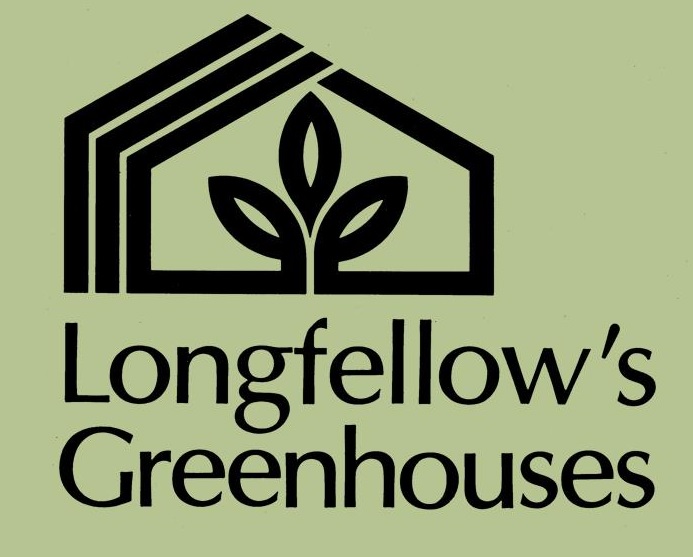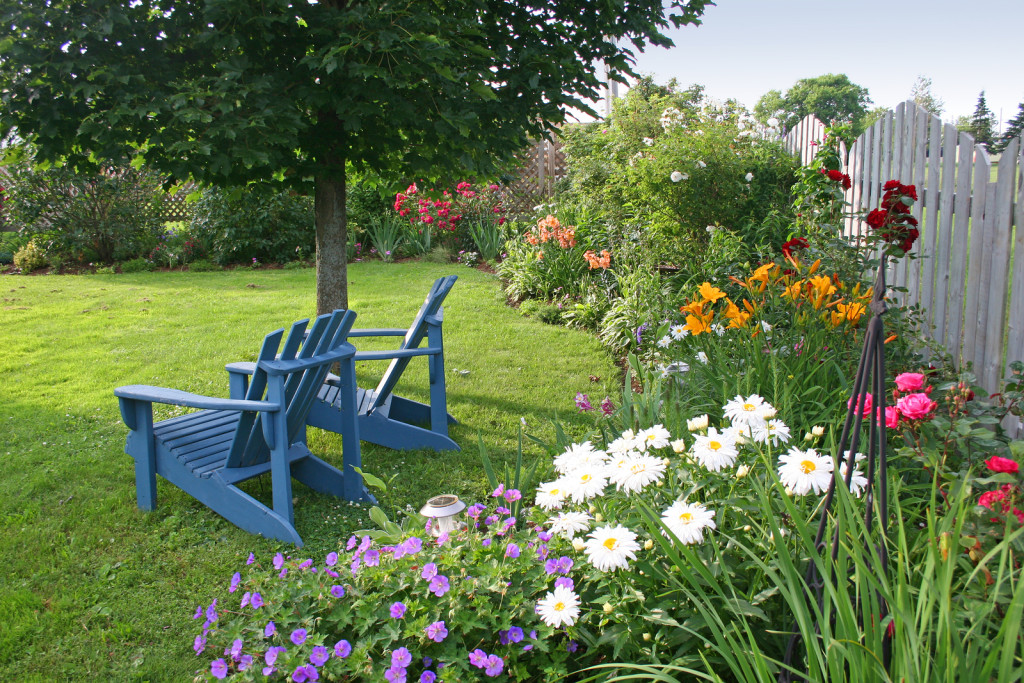Longfellow's Blog
Plan Before You Plant!
Plan Before You Plant!
When starting a landscaping project, a little planning goes a long way! Knowing some information about your garden site will help get your project started off in the right direction.
How many hours of sun does the site receive?
Light plays a leading role in determining what plants to choose for your project. Not all plants require the same amount of sunlight. For instance, Rhododendrons and Roses require very different amounts of sun. Putting them in the wrong location will lead to unsuccessful plantings. All the plants in our nursery have a tag or a sign that will tell you what their light requirements are.
Full Sun: 6 hours or more of direct sunlight
Partial Shade: 4-5 hours of direct sun or dappled shade all day through tree canopy or open-weave fence.
Full Shade: Less than 2 hours of direct sun, but the area has bright, indirect light or reflected light such as an open north side of a building or hill.
Dense Shade: No direct sun all day with little indirect or reflected light. Very few species tolerate this type of light.
What is the soil like?
Your chances of successful gardening improve if you choose plants that will naturally adapt to the soil conditions in your yard. Many shrubs, perennials and trees do well in ordinary garden soil. Dig a small hole in the area you are hoping to plant prior to picking out plants. This will give you some insight on whether you’re planting in sand, clay, gravel or loam.
Is the site well-drained most of the season, or is there standing water longer than in the very early spring? Heavy clay soils or high-water tables can create soggy spots in your yard long past spring. Every plant has a limit as to how much moisture it can withstand. These areas need plants that like “wet feet”.
How do you want to design your garden space?
Designing a garden is not much different then decorating a room in your home. We all have our own taste when it comes to the look and feel of a garden. Whether planning a new garden or revisiting an established one, here are a few design concepts to consider:
- Overall style be (i.e., cottage, contemporary, Japanese, formal)?
- Size of plants once they reach maturity.
- Seasonal interest (i.e., evergreens and deciduous material, succession of bloom)
- Texture and foliage color
- Hardscape
- Points of interest
The answers to these questions will help you to you pick the appropriate plants and design for your project. Our goal here at Longfellow’s is to help you create a beautiful landscape that will last a lifetime. As always, our staff is happy to answer questions and help make planting recommendations. Happy planting!
-Longfellow’s Nursery

